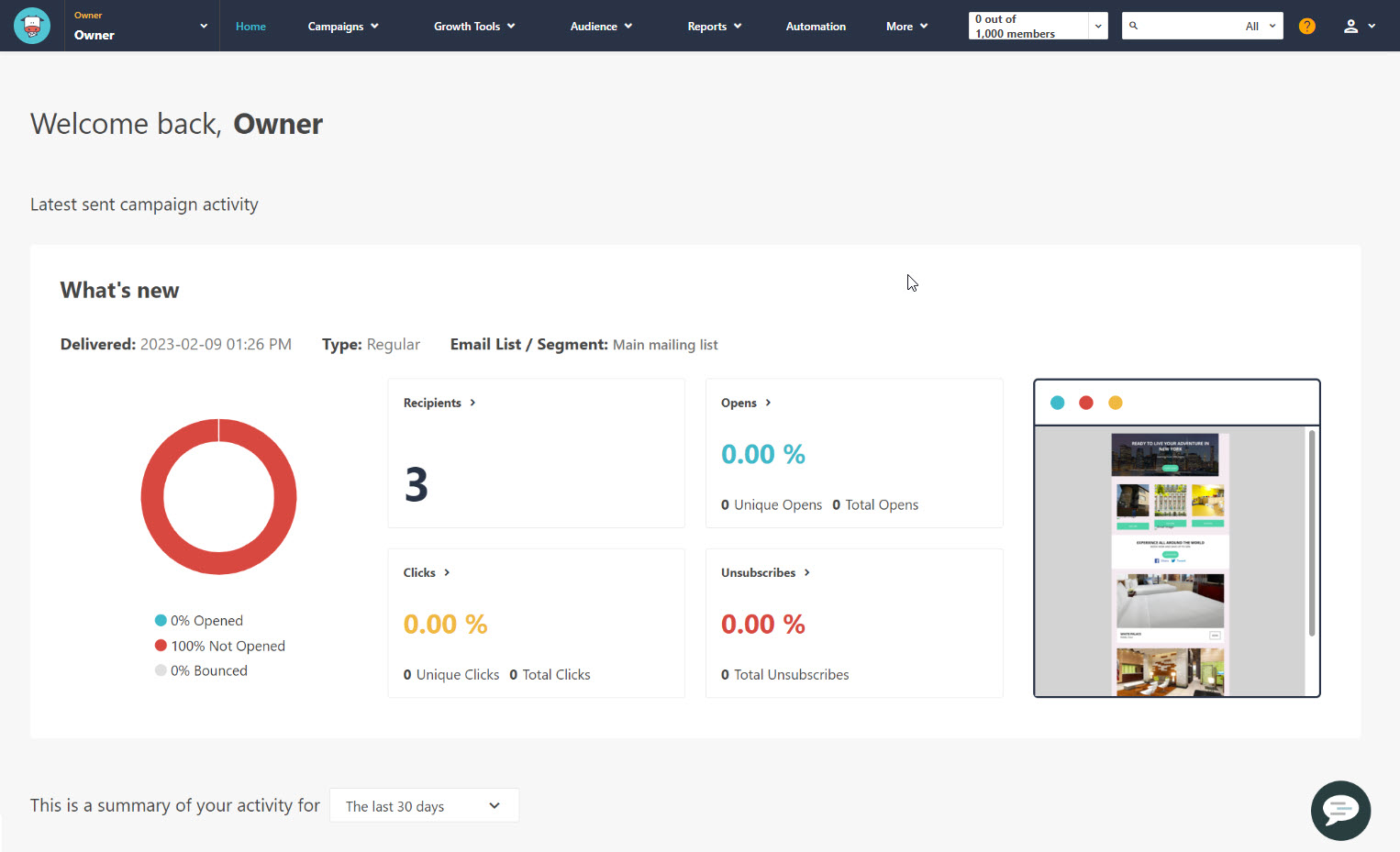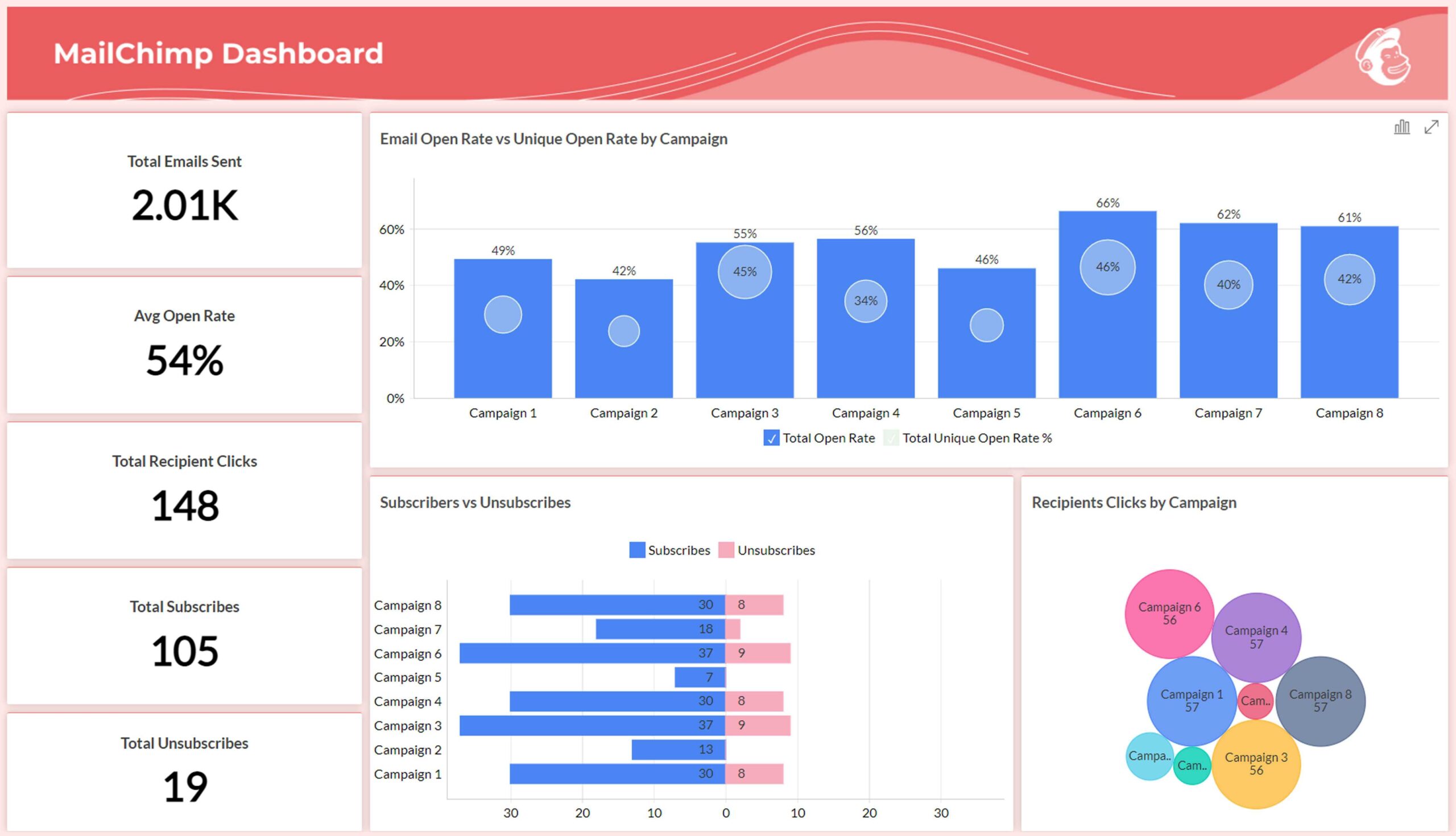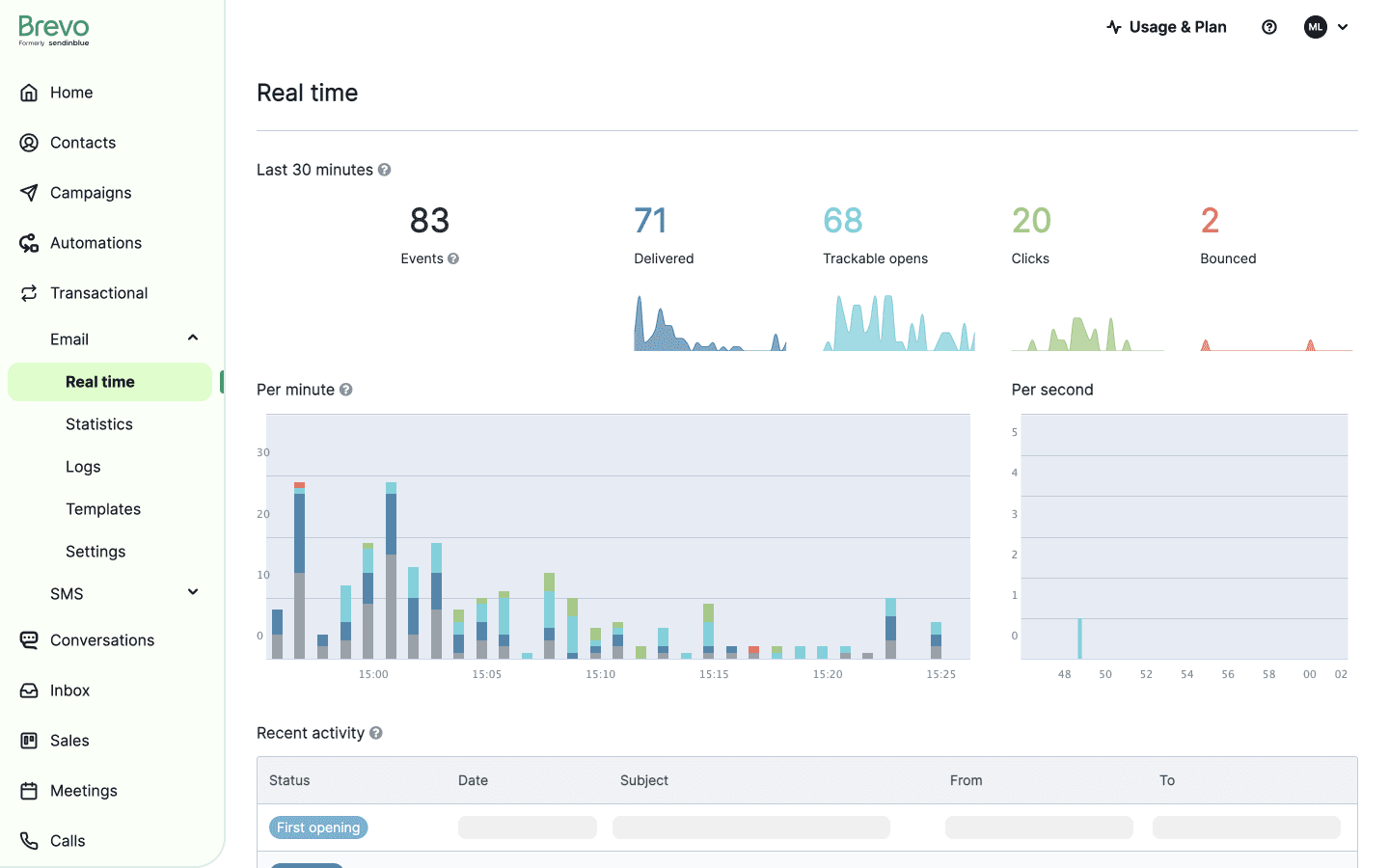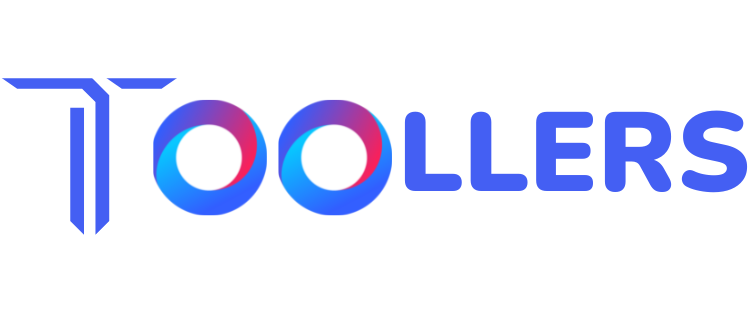Email marketing remains critical for global business growth, but Aweber isn’t always the ideal fit as brands seek more automation, segmentation, and better user experience in 2025. With 4.6 billion email users this year and email campaigns driving a staggering $36-$40 return for every $1 spent, choosing the right platform can make or break your results. This guide unpacks the best Aweber alternatives-featuring pricing, capabilities, and expert opinions-to help business owners, marketers, and freelancers activate higher engagement and ROI. Whether switching from Aweber or searching for more advanced options, you’ll find detailed comparisons and first-hand insights ahead.
Best Aweber Alternatives in 2025
Choosing an Aweber alternate is about unlocking more advanced automations, better deliverability, cost, and business-specific integrations. The options below represent the top solutions by feature depth, pricing, global scalability, and verified user ratings.
Featured Snippet Direct Answer
Aweber alternatives like ActiveCampaign, Mailchimp, GetResponse, ConvertKit, Brevo, Moosend, Mailjet, and Constant Contact offer enhanced automation, robust segmentation, and better pricing, making them ideal choices for global business owners seeking more powerful email marketing platforms in 2025.
Detailed Alternative Comparisons




1. Moosend

Affordable, automation-rich platform suited for most businesses.
Features:
- Advanced audience segmentation
- Visual automation builder (at every price point)
- Drag-and-drop email editor
- List management, landing pages, forms
- Real-time analytics and reporting
- Multiple integrations (API, Zapier)
- Competitive pricing; unlimited segmentation
- Easy for beginners, powerful for advanced users
- Fast customer support through multiple channels
- Fewer integrations than some rivals
- Not a full SMTP solution
Pricing: Paid plans from $9/month, 30-day free trial
Best For: eCommerce, agencies, SaaS, publishers, marketers, growing teams.
2. HubSpot

All-in-one CRM with integrated marketing, sales, and service tools.
Features:
- Built-in CRM (free)
- Landing pages, email campaigns, drag/drop builder
- Marketing automation, analytics dashboard
- Extensive integrations (Shopify, WooCommerce, WordPress)
- Powerful free CRM, global support
- Best for nurturing and tailoring customer journeys
- Higher starting paid prices
- Some advanced features require upgrades
Pricing: Free plan, paid plans from $20/month
Best For: SMBs wanting integrated sales, marketing, and CRM.
3. Mailchimp

Iconic, beginner-friendly platform with solid analytics and templates.
Features:
- Campaign templates, drag-and-drop builder
- Analytics and reports, audience management
- A/B testing, send-time optimization
- Multichannel tools: forms, landing pages, mobile app
- Pre-designed templates, strong reporting
- Free plan for essentials; easy for new marketers
- Free version limited in automation and audience size
- Not affiliate-friendly
Pricing: Free plan; paid plans from $20/month
Best For: Beginners, agencies, smaller eCommerce businesses.
4. Brevo (Sendinblue)

Combines email, SMS, and marketing automation with a generous free plan.
Features:
- Marketing automation, transactional email, SMS
- Drag-and-drop builder, dynamic content
- CRM, segmentation, push notifications
- A/B testing, send-time optimization (AI-powered)
- Rich feature set at an affordable price
- Multichannel, multi-language support
- Email sending limits on free plan
- Customer support can be slow for free users
Pricing: Free for 300 emails/day; paid from $9/month
Best For: Multi-channel marketers, publishers, businesses needing SMS/email.
5. GetResponse

Full-funnel marketing suite with conversion tools.
Features:
- Email marketing, automation, webinars, landing pages
- Mobile-responsive email design, A/B testing, SEO tools
- Lead scoring, advanced segmentation
- CRM, paid ad integration
- Free plan for small lists, wide range of features
- Perfect for complex marketing funnels
- Automations only on higher tiers
- Interface is robust but can feel overwhelming
Pricing: Free plan up to 500 contacts; paid plans from $19/month
Best For: Growing brands, event-based marketers, advanced funnel users.
Comparison Table
| Alternative | Short Description | Features & Unique | Pros | Cons | Pricing | Best For |
| Moosend | Automation-rich | Segmentation, forms, landing pages | Affordable, all users | Fewer integrations | $9/mo, 30d trial | eComm, agencies |
| HubSpot | CRM + marketing | Integrated CRM, drag-drop | Full CRM, global support | Higher price for advanced | Free, $20+/mo | SMBs, multi-channel |
| Mailchimp | Easy, analytics | Templates, A/B, mobile app | Beginner-friendly, good UI | Limits on free, not for affil | Free, $20+/mo | Starters, agencies |
| Brevo | Multi-channel, SMS | Automation, SMS, AI send | Multi-language, affordable | Send limits, slow support | Free, $9+/mo | Publishers, global |
| GetResponse | Full funnel | Funnels, webinars, CRM | All-in-one, scalable | Advanced needs costlier | Free, $19+/mo | Growth, events |
Common Mistakes & Myths
| Myth/Mistake |
| Email platforms with the most features are always best—business fit is more important. |
| Not checking segmentation, automation depth, or deliverability rates before switching. |
| Free plans suffice for scaling; higher tiers often unlock critical business functions. |
Localized Section
For businesses targeting local markets, tools like Constant Contact and Mailchimp offer geo-segmentation and QR join codes to grow subscriber lists locally. Mailchimp, for instance, allows “near me” campaign scheduling based on local events. Consider audience location settings and localized reporting for higher engagement.
Conclusion
Switching to an Aweber alternative may unlock better automation, pricing, and campaign ROI-especially for global, multi-channel, or creator-focused businesses. Stats confirm email remains the most profitable digital marketing channel, with $36-$40 return per $1 spent and click-to-conversion rates rising by 27.6% in 2024–2025. Review alternatives, prioritize features and integrations for your business goals, and act today to stay ahead.
FAQ Section
1. Which is better: Mailchimp or ActiveCampaign for advanced automation?
ActiveCampaign offers more customizable automation workflows, deeper CRM features, and lead scoring built-in. Mailchimp wins for ease of use and affordable entry but lacks the same automation flexibility.
2. Is ConvertKit suitable for solopreneurs or freelancers?
ConvertKit is tailored for creators, solo marketers, and bloggers, offering user-friendly segmentation and audience monetization features.
3. What is the typical deliverability rate in 2025?
The top platforms maintain 92–93% deliverability rates, with consistency varying by plan and segmenting practices. Aweber’s recent five-round average dropped to 82.44%, below some key alternatives.
4. How do email platforms support mobile campaigns in 2025?
Nearly all best alternatives offer mobile-optimized templates, responsive design, and campaign previews. Mailchimp and GetResponse excel with advanced mobile campaign management dashboards.
5. Where should I place lead-gen CTAs for maximum conversions?
Best practice: Place CTAs after your intro, mid-content, and conclusion. Use clear language like “Visit Site,” “Buy Now,” or “Get Started”—and tailor landing pages for mobile users.
6. Which platform is best for global multi-lingual campaigns?
Brevo offers excellent multi-channel support, API-based localization, and strong performance in emails and SMS across languages.

